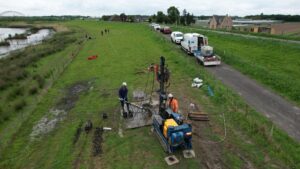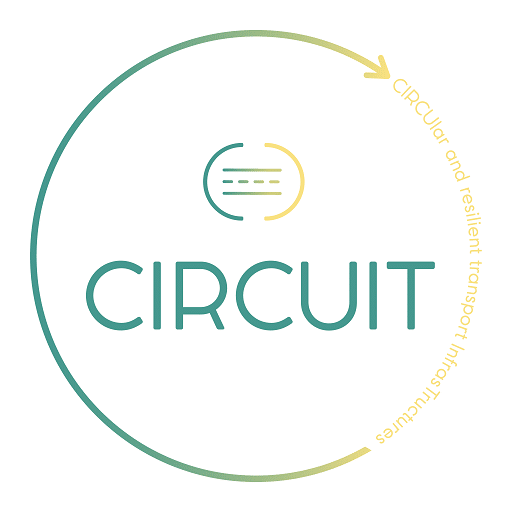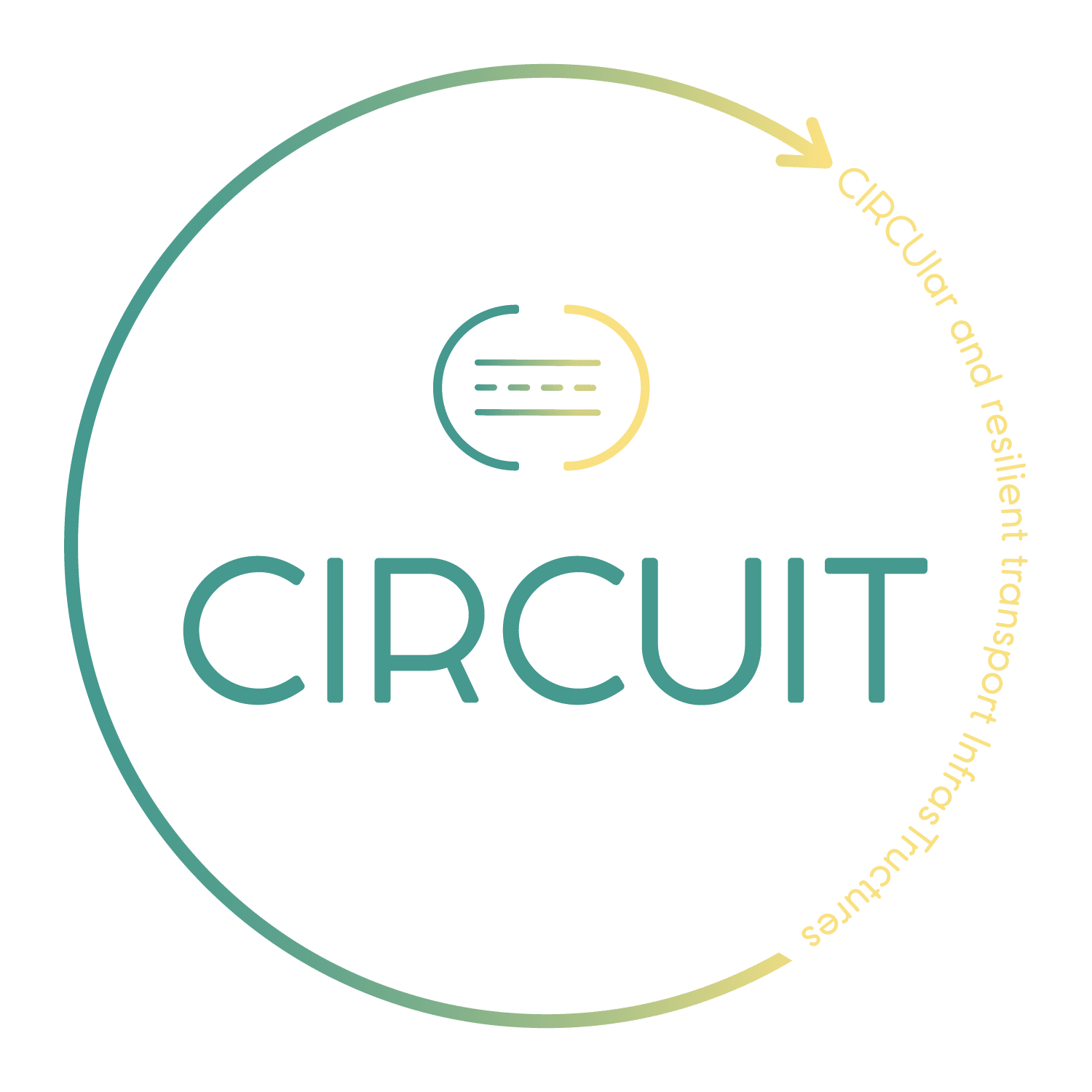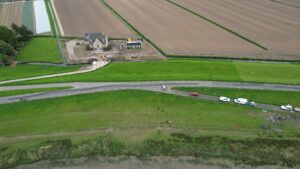
We’re thrilled to share the outcomes of our recently completed site investigation at the Oostmolendijk in the Netherlands, part of Pilot 3 of the CIRCUIT project! 🇳🇱 🛤️
This site was selected for its unique challenges: significant and ongoing subsidence had been impacting the stability of the embankment and the road built on it. The persistent settlement made Oostmolendijk an ideal location for studying and developing sustainable soil improvement techniques.
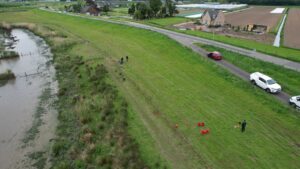
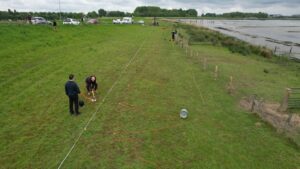
Key Activities in the Investigation 🛠️ 👩🔬 👨🚒
Our multidisciplinary team carried out several critical activities during the investigation:
🔸 Geophysical Investigations
The Faculty of Civil Engineering at the University of Zagreb led geophysical studies using advanced techniques such as electrical tomography and multichannel analysis of surface waves. These methods successfully mapped the soil layers and identified the presence of problematic peat soils.
🔸 Borehole Drilling & Cone Penetration Tests
Waterschap Hollandse Delta coordinated drilling and testing operations, gathering essential data about the site’s soil properties to inform the design of sustainable solutions.
🔸 Laboratory Testing
Soil samples retrieved during the investigation were analyzed in the geotechnical laboratory in Zagreb. Researchers tested various industrial by-products to determine the optimal mixture for enhancing peat soil stability.
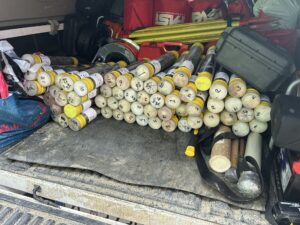
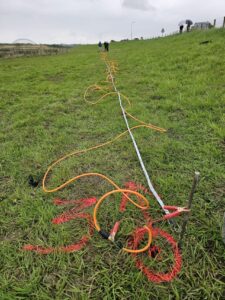
Collaboration for Sustainability 🌍
This investigation was made possible through the collaboration of:
- The Faculty of Civil Engineering, University of Zagreb
- Ingeo
- Waterschap Hollandse Delta
- Infra Plan Consulting
Together, the team tackled the challenges of sustainable soil improvement in soft peat soils to address subsidence and ensure the long-term stability of the Oostmolendijk embankment.
